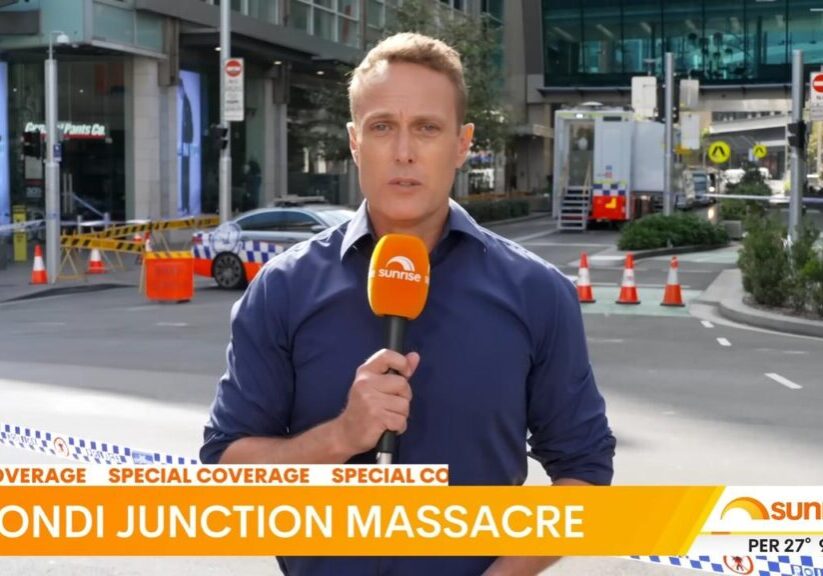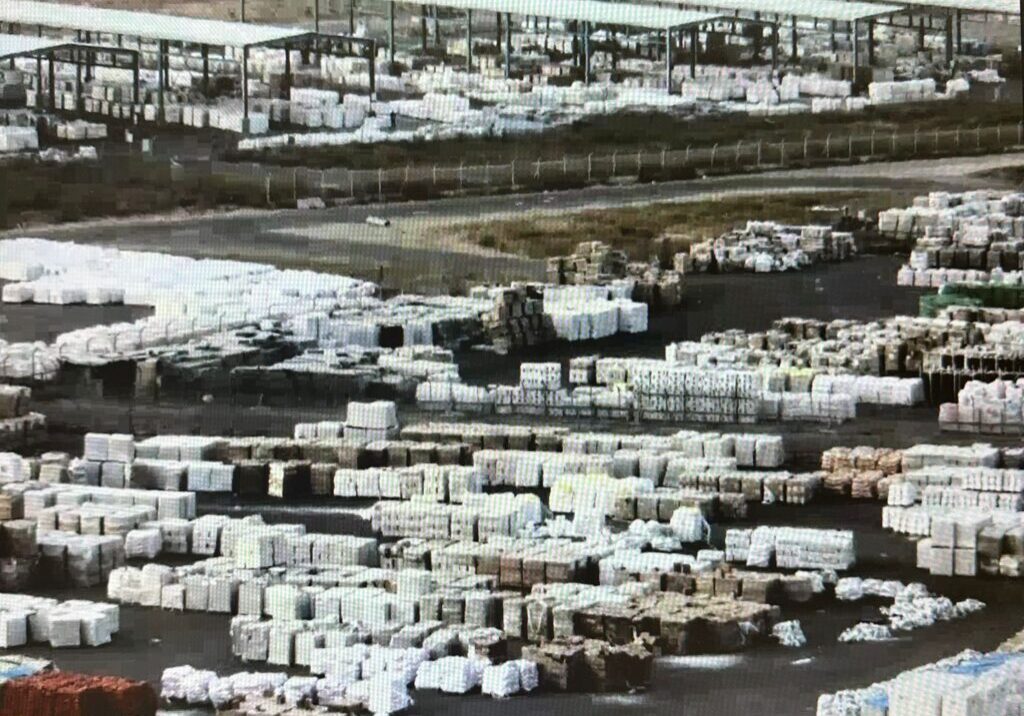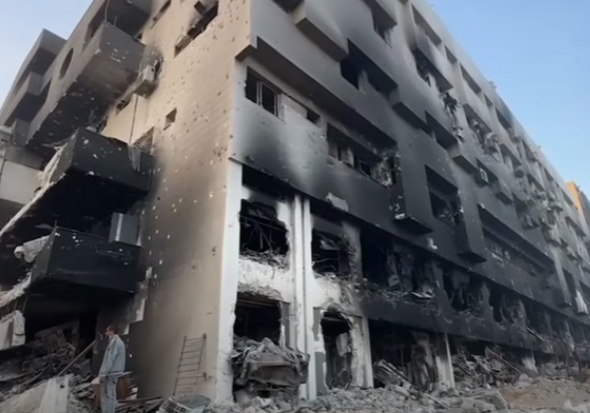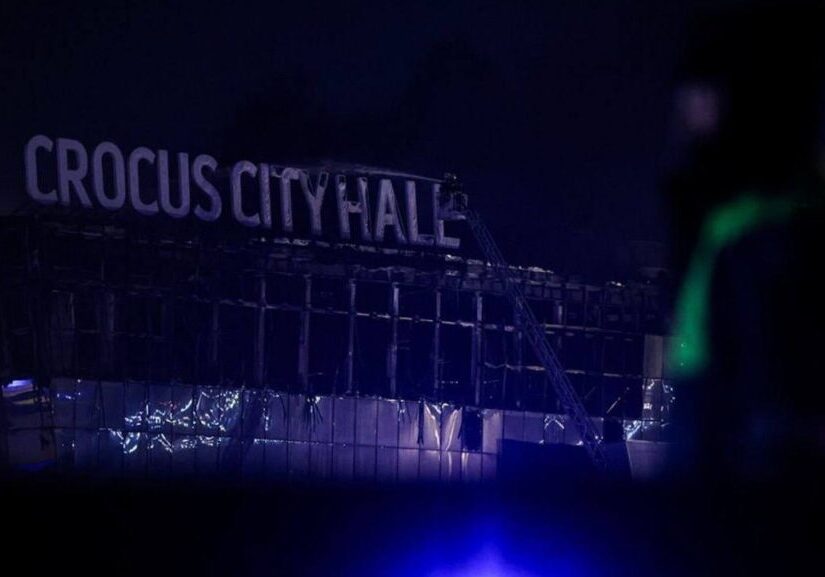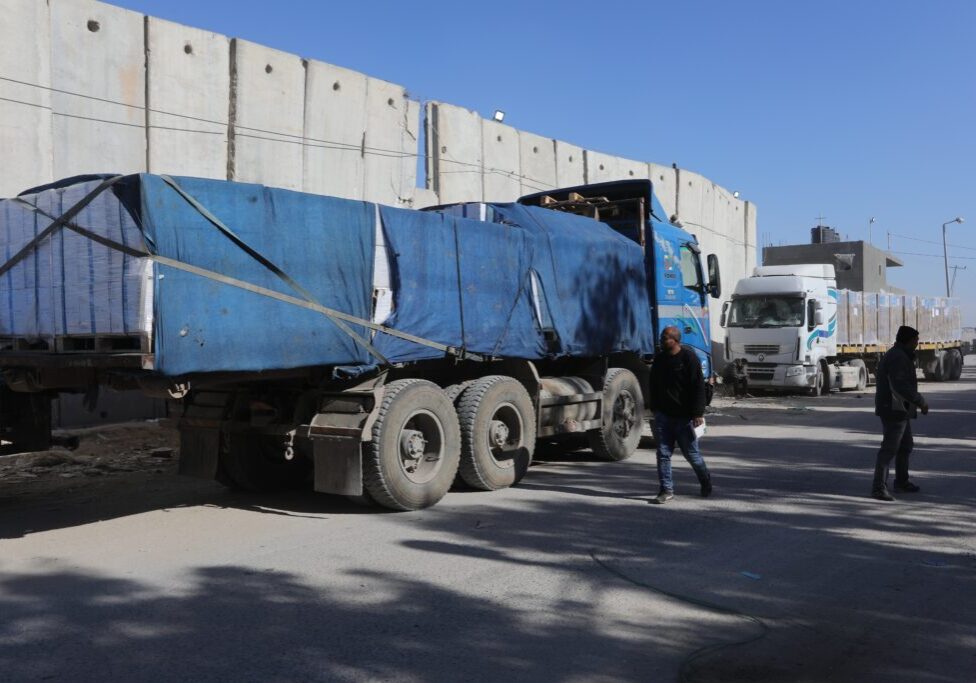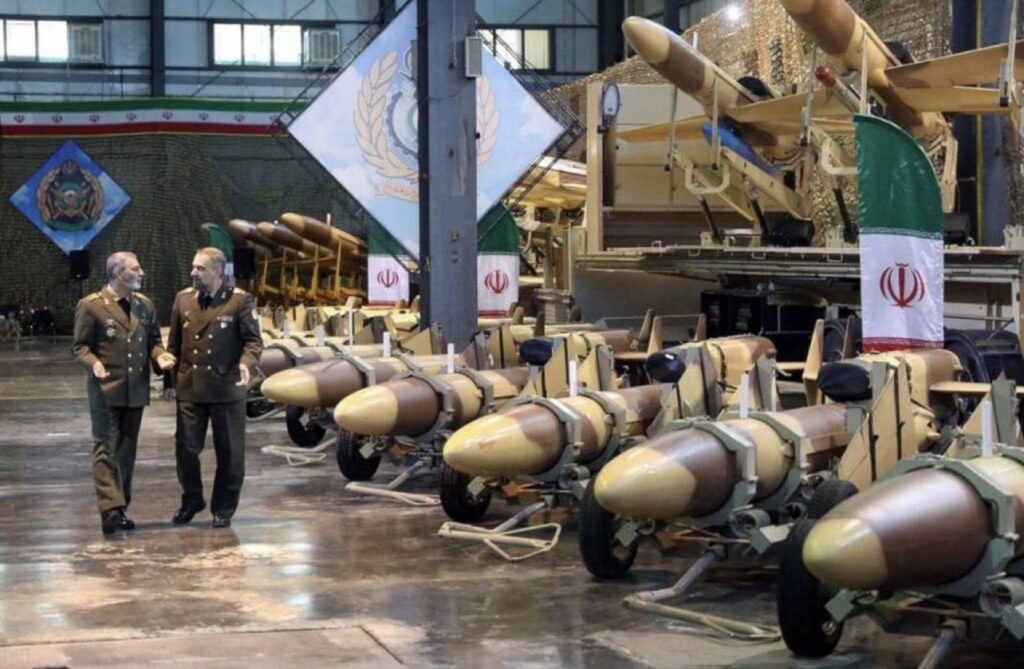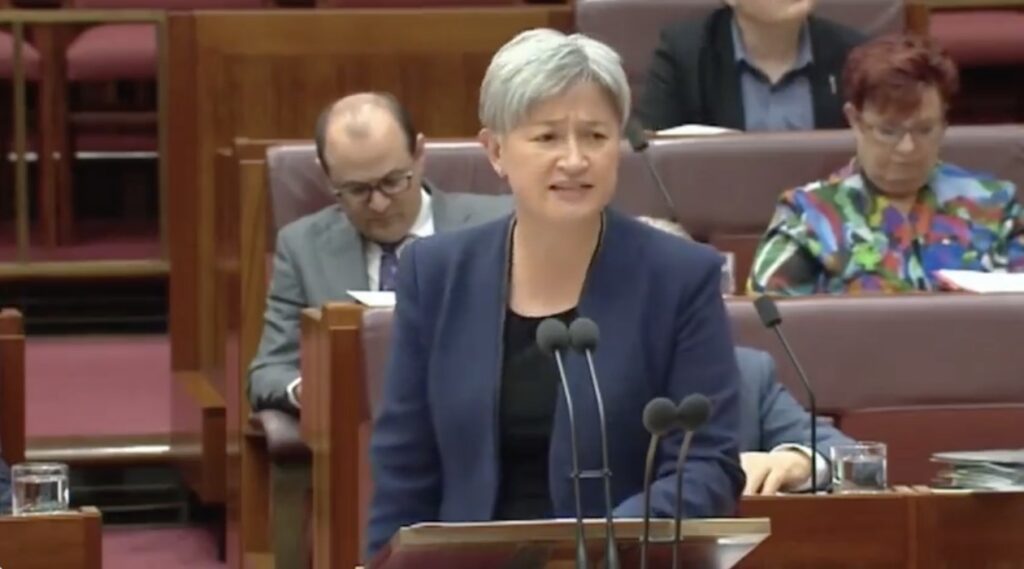FRESH AIR
Mapping a terrorist empire: New Hezbollah resource again makes the case for Australia to ban the Lebanese group
Aug 7, 2020 | Oved Lobel
For the first time, thanks to leading counter-terrorism expert Matthew Levitt of the Washington Institute for Near East Policy, it is possible to visualise the true transnational extent of Hezbollah’s criminal and terrorist activities. Levitt, the author of “Hezbollah: The Global Footprint of Lebanon’s Party of God,” has teamed up with other researchers to create an interactive map of everything experts know about Hezbollah’s transnational criminal enterprise, from the financial and logistical facilitation networks to the terrorist cells. Just click any location and see exactly where every suspect and plot is linked to others, including all relevant documentation and excerpts from his book.
The first thing that strikes viewers is just how active Hezbollah has been outside Lebanon, including in Southeast Asia and Australia.
For instance, click on Manila and arrows will suddenly jut out in all directions pointing to multiple locations in the region, bringing up a Philippine intelligence report from March 2000 in a separate window that asserts “terrorist activities are being planned…by members of suspected Hizballah cells in Indonesia, Malaysia, Thailand, Myanmar, Philippines, Singapore and Australia.” Among the discussed plans, “the entry of three Indonesian members to Australia for [a] possible attack on American and Jewish targets during the Olympics 2000.” More importantly, Hezbollah wished to use Australia as a gateway to infiltrate terrorists into the Jewish state, since Australian passports would attract less scrutiny. Pandu Yudhawinata, one of the primary agents overseeing these plans alongside senior operative Abu al-Ful, was arrested by Philippines police on drug charges in 1999, accidentally disrupting the entire network and resulting in the confiscation of the passports. According to Levitt, the CIA detained at least 45 Hezbollah operatives in the region that year.
That certainly didn’t end Hezbollah’s presence, however. It has continued to stockpile explosives and attempt attacks - alongside its parent organisation, Iran’s Islamic Revolutionary Guard Corps-Quds Force (IRGC-QF) - on Israeli and Gulf State targets, particularly in Thailand, including several planned assassinations and a 1994 attempt to blow up the Israeli embassy in Bangkok, which would have been devastating, and was only foiled because the driver got cold feet.
The interactive map brings into sharp focus once again how unusual it is for Australia to continue to refuse to designate Hezbollah in its entirety as a terrorist organisation, thereby remaining out of step with most of our key allies.
Australia is the only Western country to go even beyond making the farcical distinction between Hezbollah’s “military wing” and “political wing,” as some countries do, and designates only Hezbollah’s “External Security Organisation” as a terrorist entity. As countries in Europe and South America have finally begun banning the entire organisation and all its fundraising and criminal activities, the Australian attitude seems dominated by inertia. What Levitt’s map demonstrates more clearly than ever is how impossible it is for any intelligence agency to meaningfully identify members of the ESO versus the broader Hezbollah. For instance, in South America, key Hezbollah “financier” and logistics facilitator Assad Barakat was also reportedly “a card-carrying member of Hezbollah’s Islamic Jihad Organization (IJO) terrorist wing.”
Already in 2004, Levitt cites a Dutch intelligence report that concludes “Hezbollah’s political and terrorist wings are controlled by one coordinating council.”
Hezbollah itself has mocked the distinction between its military and political wings. In 2013, Mohammad Raad, head of Hezbollah’s parliamentary delegation, accurately noted that “The Hezbollah military wing is a lie invented by the Europeans because they feel a need to communicate with us and they want to make a delusional separation between the so-called military and political wings.”
What makes this position even more problematic is that networks providing support for Hezbollah in Australia are an open secret, and judging from its activities in other countries, it is quite likely that these networks are intertwined with Middle Eastern organised crime here.
In June 2007, the head of the Supreme Islamic Shia Council of Australia, Sheikh Kama Mousselmani, said, “we believe terrorists come from Israel – not from our people. I support Hezbollah,” and claimed the Shia community here also fervently supported it. He even admitted that the community had sent funds back to Lebanon after the 2006 war between Israel and Hezbollah, but claimed none had gone to militants.
During an ABC The World Today broadcast on Hezbollah in Australia in 2003, reporter Tanya Nolan said, “There are those who spoke to The World Today who say there is financial support for Hezbollah within the Lebanese community, but reiterate the view that none actively support or sympathise with any terrorist organisation.” As Mousselmani said, however, the community supporting Hezbollah does not believe it is a terrorist organisation, so this appears to be a far from reassuring sentiment.
According to a 2010 report in The Australian:
[Hezbollah’s] ESO was first detected in Australia in the 90s, when ASIO investigated a Sydney man associated with Sydney’s Arncliffe mosque, the largest Shia centre of worship in Australia. The man was in contact with ESO headquarters and hosted a visit by a number of ESO officials to Australia. It was believed its purpose was to recruit local supporters who could assist with logistics such as the procurement of so-called dual-use technology…
‘Efforts by Australian authorities to curtail the ESO in Australia are complicated by the fact that its parent body, Hezbollah, enjoys substantial support among local Muslim communities, especially those of Lebanese origin, where it is based.
“There’s no question about [there being] fairly large support from a large part of the Australian community who support and sympathise with Hezbollah in Australia,” says Roland Jabbour, chairman of the Australian Arabic Council.
In late 2019, the Daily Telegraph revealed that the Al-Mabarrat Benevolent Society, a Sydney-based charity founded by Mohammad Hossein Fadlallah, a key spiritual leader of Hezbollah, was being run by his sons from Lebanon alongside other local Hezbollah sympathisers, including Yacoub Hammoud, the brother of a Hezbollah commander. One of the directors, Mustapha Hassan, said in 2006 that the charity regularly sent cheques of $20,000 or more to Lebanon.
The charity was closed down despite denials of financial support for Hezbollah in September 2019, although a parallel organisation, the Al-Mabarrat Association Incorporated, still exists, with some of the same directors, including Hammoud, Hassan and Sheikh Youssef Nabha, the imam of the Masjid Arrahman Mosque in Sydney. Sheikh Nabha invited the Iranian ambassador to Australia, Fereidoun Haghbin, to his mosque in January to extend “his sincere condolences to the Iranian Ambassador on the martyrdom of [IRGC-QF commander] General Qasem Soleimani and [his Iraqi viceroy] Abu Mahdi al-Muhandis.”
One of the suspects in the 2012 Hezbollah bombing of an Israeli tourist bus in Bulgaria, Meliad Farah, was an Australian citizen. The Sydney Morning Herald also reported in 2017 that a Sydney-based money launderer and crime figure, identified as a “Hezbollah functionary,” brokered an arms deal between China and Iran and Hezbollah in 2011. The small arms shipment was reportedly discovered as part of an international investigation into Hezbollah’s links with narcotics traffickers in Latin American, the Middle East and China.
What Levitt’s interactive map makes clear is that not only is Hezbollah actively planning and causing violence in our own region of the world, but other regions may also be ultimately suffering because of Australia’s laxity with the group. It’s possible that Hezbollah has never been publicly tied to any drug busts or other criminal activities among the Middle Eastern organised crime syndicates in Australia because Hezbollah involvement is currently legally immaterial. An Australian designation of the entire group as a terrorist organisation would help reduce the capabilities of the group around the world, given how interconnected all its international cells and activities are, and could also potentially provide Australian police with more tools to deal with certain organised criminal elements operating in this country.

